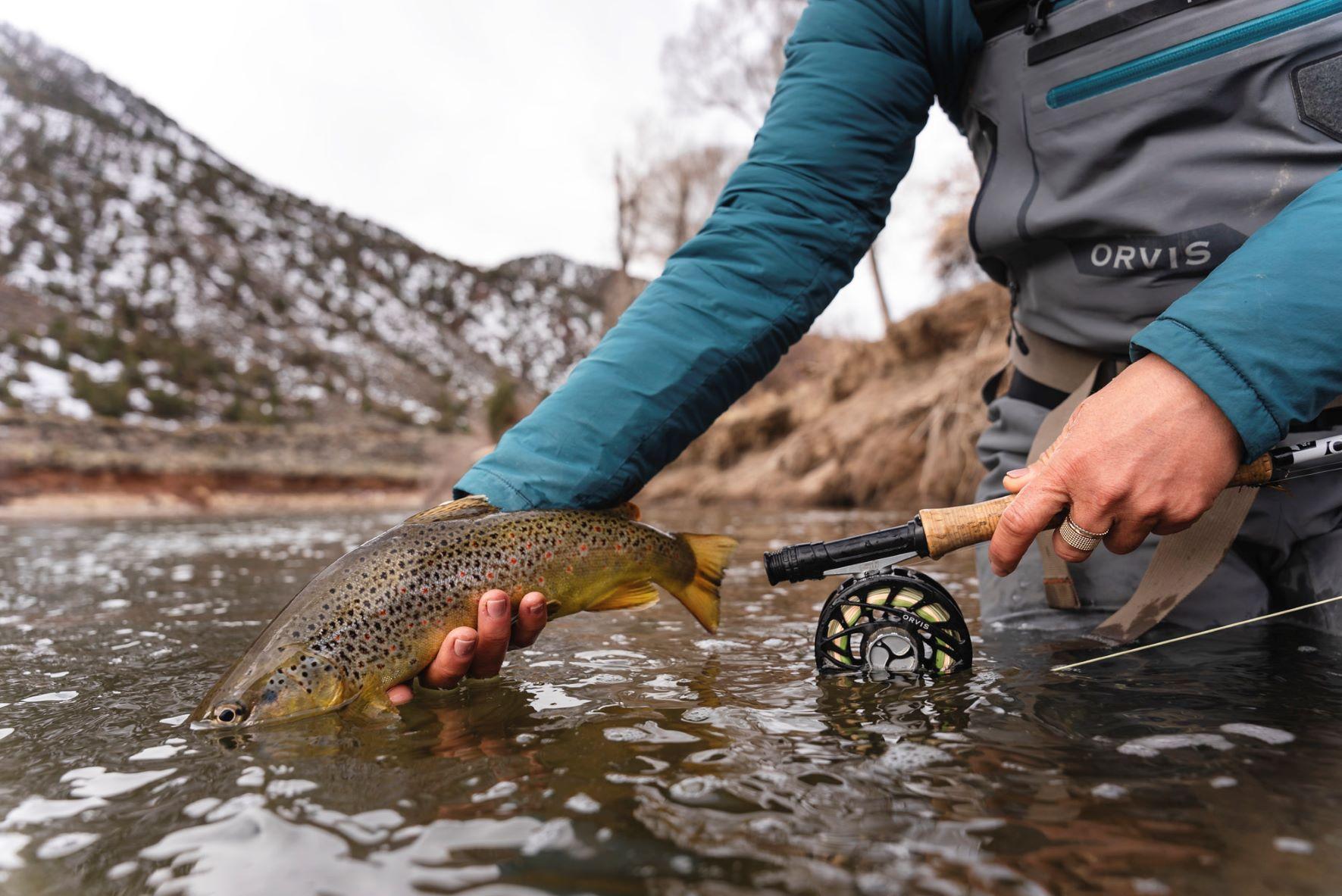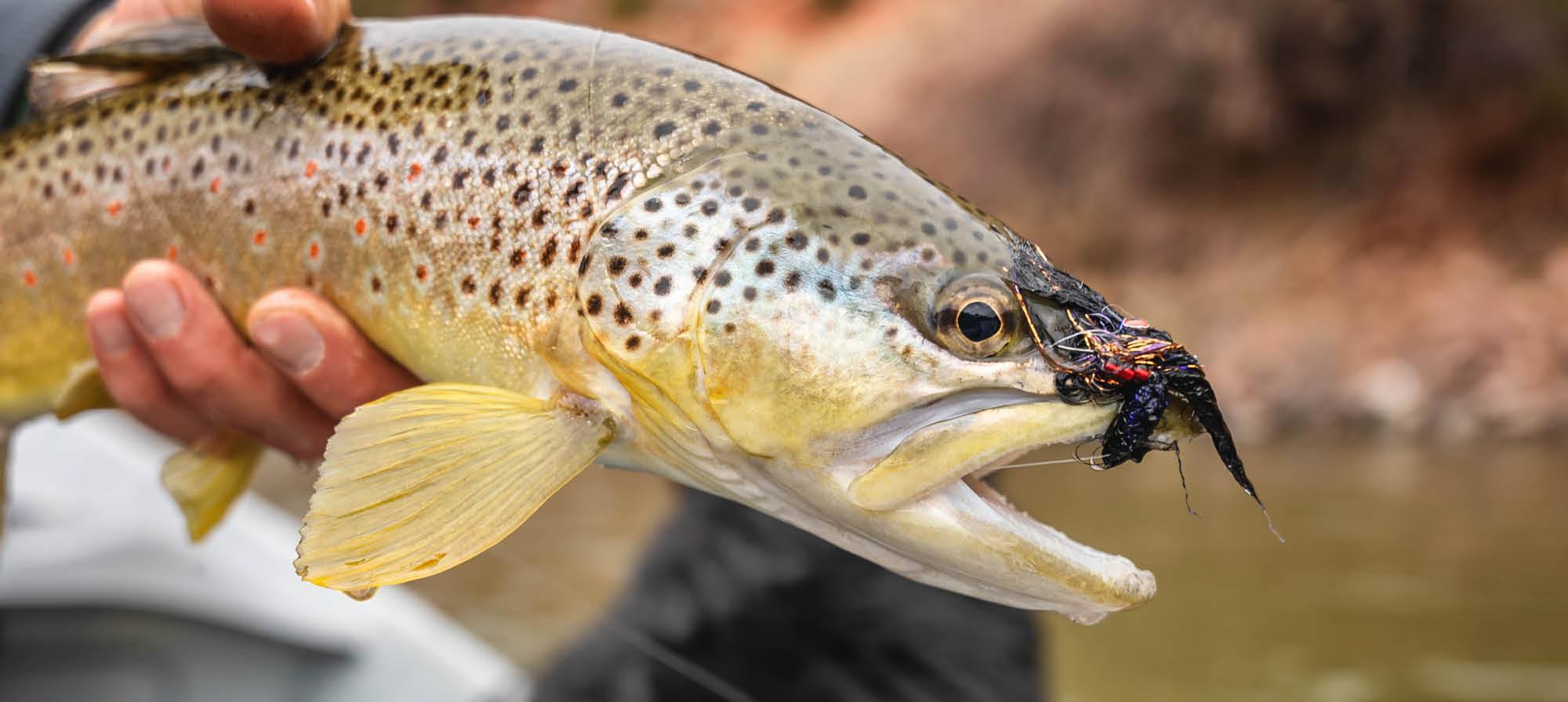Menu
- SHOP
SHOP
- TERMINAL TACKLE
- Leaders
- Tippet
- Floatant
- Dry Shake
- Weight
- Strike Indicators
- Tippet Rings & Swivels
TERMINAL TACKLE
- FLIES
- Staff Picked Flies
FLIES
- FLY TYING
- Tools & Vises
- Hooks & Beads
- Tying Materials
FLY TYING
- TERMINAL TACKLE
- EXPERIENCES
EXPERIENCES
- GUIDED TRIPS
- Wade Trips
- Float Trips
- Private Waters
- Group Trips
- FAQ
- Book A Trip
GUIDED TRIPS
- EDUCATION
- Classes
- Schools
- Book A Class
EDUCATION
- SERVICES
- Rentals
- Travel
- Reel Rigging
- Gear Trade-In
SERVICES
- GUIDED TRIPS
- INFORMATION
INFORMATION
- JOURNAL
- ABOUT




